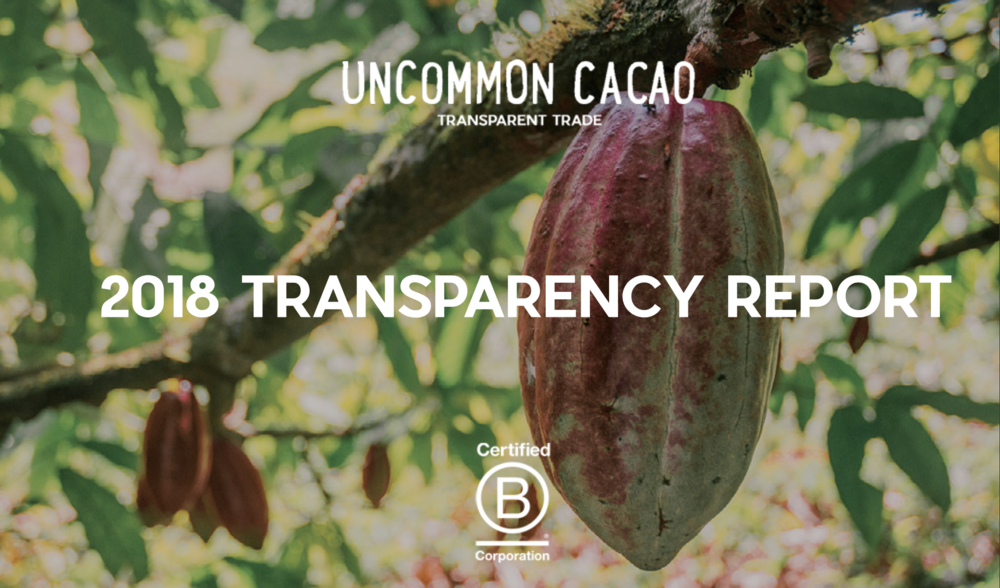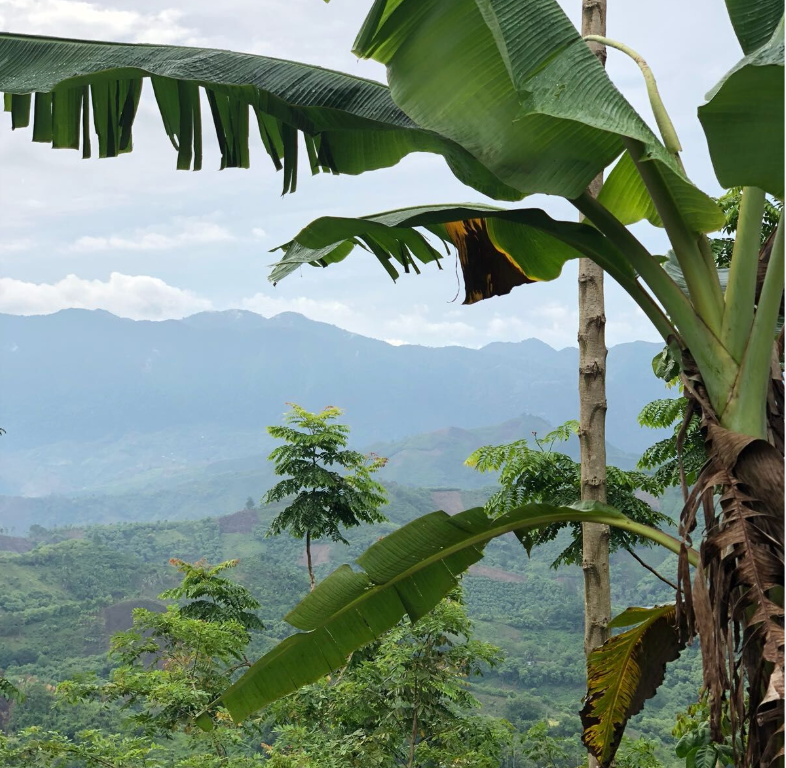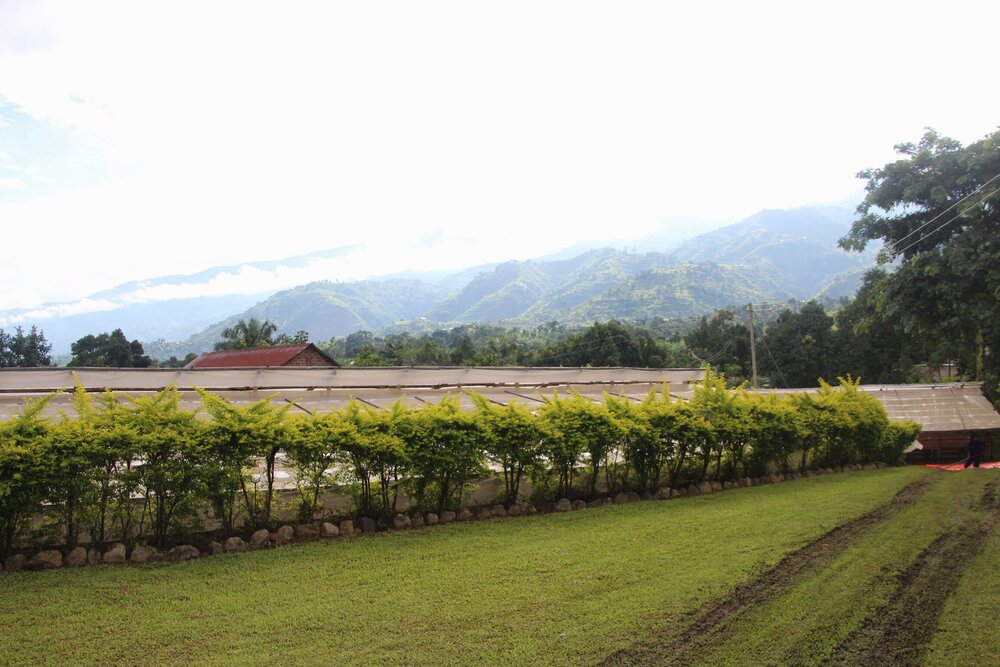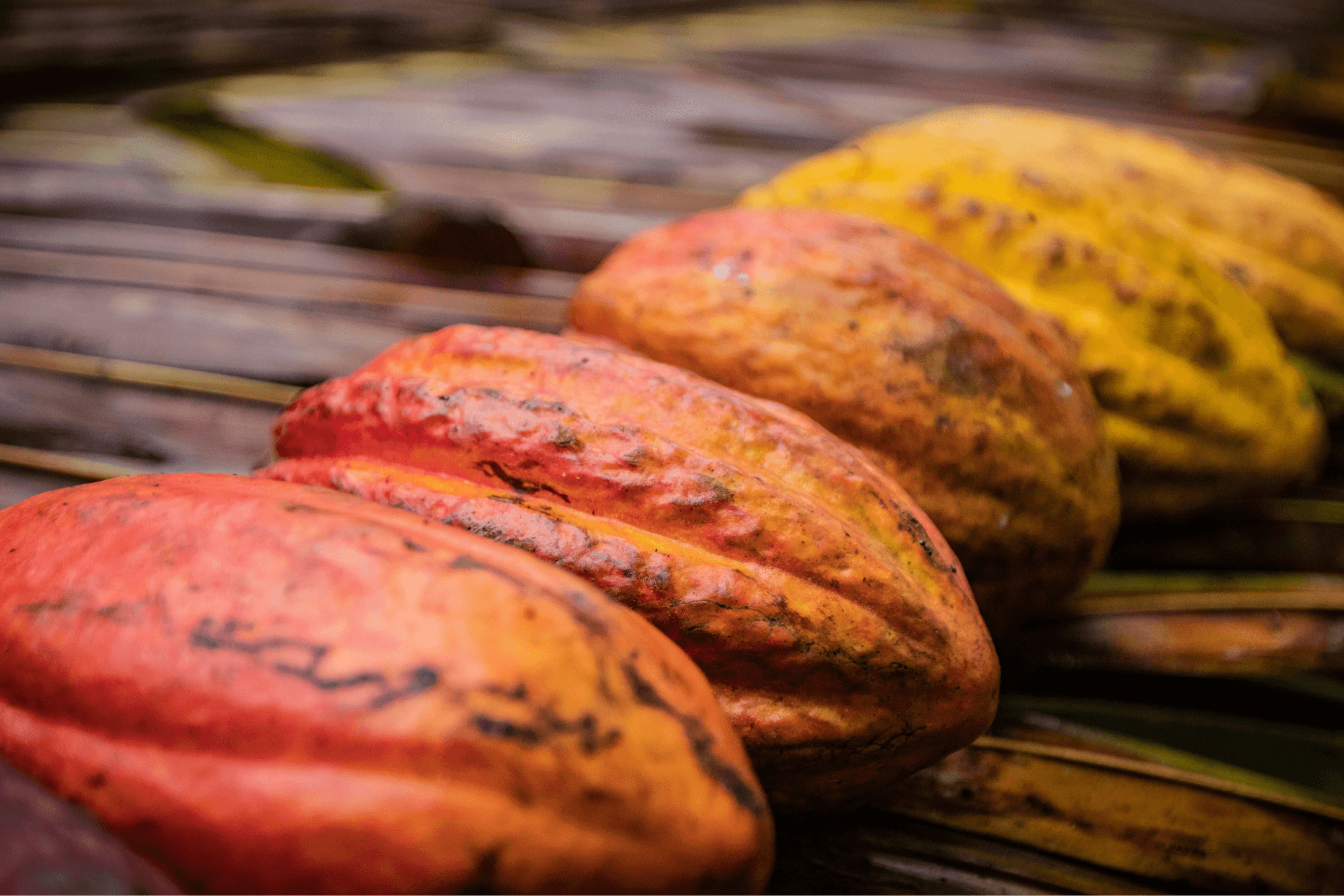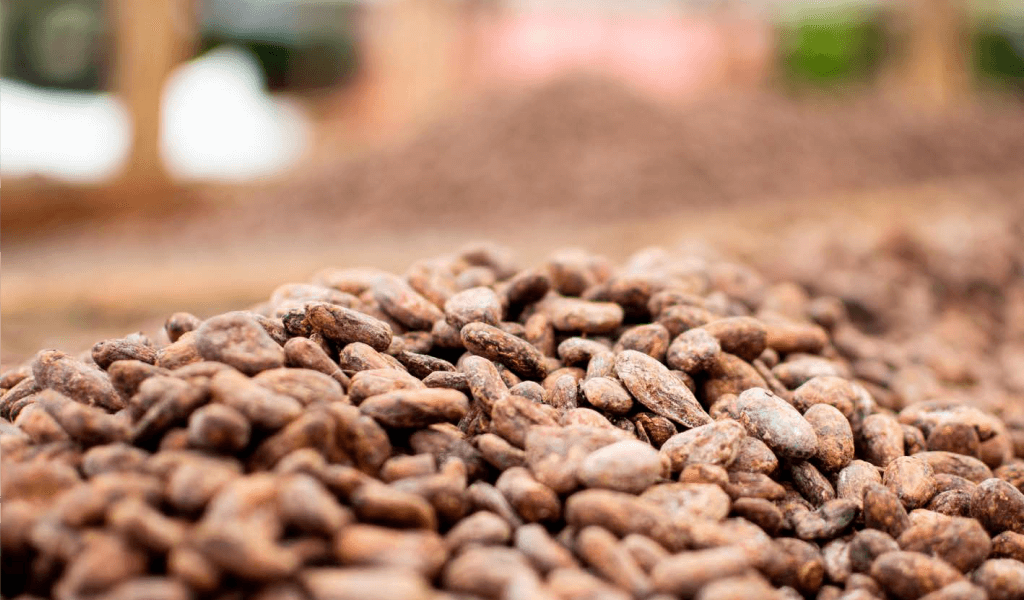Every year since 2012, Uncommon Cacao has published a Transparency Report showing pricing data for our supply chain and sharing stories and information about the incredible producers from whom we source our beans. We were the first cacao export company to publish a report of this kind, and to date we are still the only cacao broker to publish farmgate-to-factory pricing. So why do we do it?

Daniel Coc - Field Officer at Maya Mountain
Cacao is a complex supply chain that has been relatively “out of sight, out of mind” for even the most passionate chocolate consumers. The historical colonization and over-commoditization of cacao, and current supply/demand imbalances of the product, have caused persistent low prices for cacao producers globally despite increases in demand for premium chocolate.
The growth of craft and premium chocolate, and of specialty cacao as the raw material for this market segment, opens up new opportunities to reimagine how the cacao supply chain can work and paves the way for radically transparent suppliers like Uncommon. Consumer demand for beyond-the-label data on ethical sourcing and supply chain transparency has never been stronger, and we see all of the chocolate industry increasingly trending towards transparency.
By publishing comprehensive and detailed information about where our cacao comes from, who produces it, how much is paid at all levels of the supply chain, as well as social and environmental impact data related to these purchases, we are able to open up an industry-wide conversation about realities for all actors producing and selling specialty cacao.
We use the term “Transparent Trade” to define this practice of publishing verifiable pricing data for all transactions across the supply chain, including information about who produced the cacao and where. Through our transparency reporting we seek to:
-
Create accountability for all stakeholders along the supply chain around pricing and margins.
-
Shift the power dynamic of a traditional supply chain hierarchy of farmers as price takers so they are better equipped to negotiate their own pricing.
-
Build a foundation for the de-commoditization and de-colonization of cacao, establishing new pricing benchmarks for specialty cacao and trade relationships that look more like long-term partnerships than speculative or extractive transactions.
-
Enable consumers and chocolate makers alike to see real data and connect the dots between farmers, intermediaries, manufacturers, and consumers, building an honest and sustainable chocolate future together.

Blanca Vivera, a member of the Cortepaz Tumaco association and second generation farmer
Pulling together a Transparency Report takes significant time -- this year, a full six months after the end of the reporting period (2018). Why? We collect pricing and cacao production evidence from all of our partners, analyze purchase data and contracts, and connect this hard data with real stories from the producers themselves, before turning it into a beautiful report (that we really hope people will read!). This effort requires significant investment of our company resources, both financial and human capital, to collect and verify all data.
Some challenges we faced this year in collecting data from suppliers include:
-
Standardizing metrics across countries and types of supply chains. Each supplier has a different “wet to dry” cacao ratio, with payments either for wet or dry cacao at the farmgate. Each supplier purchases cacao based on different volume/price metrics: pounds, quintales, kilograms, and even some in a bowl with a specific weight. We have attempted to explain some of the conversions at the end of this year’s report.
-
Defining parameters for reporting on the number of farmers and number of female farmers. In the case of associations, it’s easier to report on the number of registered farmers. In the case of less formal groups, where individual smallholders sell directly to a company (in the case of Oko Caribe, for example), we report on the number of farmers that sold to that company that year.
-
Determining whether our internal verifications through requesting signed farmer receipts from our supply partners is a sufficient “audit” for farmgate price information.
-
Understanding when and why there have been significant changes in numbers - like farmer income - and contextualizing those changes for our readers, without having the opportunity to write essays or have in-depth conversations.
Some of the most interesting things we learned through the process of creating this year’s report:
-
35% of the total registered farmers in the Uncommon Cacao supply chain are women. Efforts to formalize the participation of women in the supply chain are long overdue as experience and data show that women are key actors in the harvesting and production of cacao.
-
Certified organic hectares across our supply chain have grown by 73% over the last two years. We’ve seen significant growth in market demand for certified organic cacao and are happy to support farmers in increasing certified area.
-
Our average farmgate price (the price farmers actually earn at the farmgate when they sell their cacao) of $2,570/MT is higher than the new Fairtrade floor price announced this year and effective in October of $2,400/MT. The Fairtrade floor price represents the minimum that an exporter would be paid upon shipping Fairtrade certified cacao, while our farmgate price is paid directly to farmers when they deliver cacao at the first stage of the supply chain, representing a significantly higher price than what farmers selling into a Fairtrade certified exporter receiving the floor price would earn.
Our hope for this Transparency Report is that it will be read, studied, and discussed by many in the industry. We seek to inspire and support other cacao traders and intermediaries to invest in undertaking this work across their own supply chain. We hope consumers find the report interesting and informative, and that as a result of reading it they choose to buy chocolate from one or many of the 200+ amazing partners who source their cacao from us. These companies can all be found on our website under Partners.
We welcome all dialogue and inquiries about our Transparency Report from cacao producers, chocolate makers, chocolate lovers, sustainability professionals, and anyone else interested. You can find us on Facebook, Instagram, and can always drop us a line at hello@uncommoncacao.com to start the conversation.
Read the full report